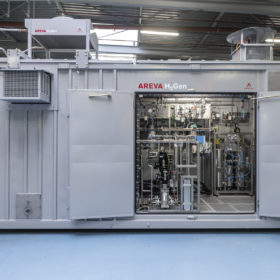
With the new decade, pv magazine brings forth yet another energy storage highlights. Approximately two weeks of work went into sifting through this year’s 22 highlights submissions, conducting research, and preparing them for the jury. Once again, this year’s work was crowned by the moderation of the jury meeting, in which six leading industry experts discussed the technologies and solutions. Differing from previous years, the jurors have selected the top five “Gigawatt” winners, followed by five “Megawatt” winners, and a series of “Finalists” which will be published in the coming weeks, leading up to Energy Storage Europe.
Built in partnership with Messe Düsseldorf and Energy Storage Europe, pv magazine’s annual Energy Storage Highlights 2020 special edition is hot off the press. Join us at the Energy Storage Europe trade fair and conference, taking place March 10-12 in Düsseldorf, Germany. Celebrate this year’s top five awardees at our Insight panel session with discussion among our Gigawatt winners and panel of expert jurors.
Introducing our fifth Gigawatt Winner…
Areva H2Gen
Highly dynamic electrolyzer provides control power
While unlikely to stand out visibly in the Hoechst industrial park near Frankfurt, Germany – where pipes, valves, and pressure vessels are commonplace – the new Areva H2Gen project for hydrogen production and grid stabilization surely has the attention of jurors. As part of the MethQuest research project, the company’s solution shows promise for a new direction in the development of large-scale proton exchange membrane (PEM) electrolysis. Areva H2Gen and project partners are developing a PEM electrolysis system with 1 MW nominal power and an overload capacity of 100% – thus capable of temporarily operating at 200% – to deliver frequency containment reserve (FCR) with the overload power.
According to rough cost estimates by project manager Lucas Busemeyer, Areva H2Gen hopes its technology will provide hydrogen for €3.60 per kilogram, including electricity costs at €0.05 per kilowatt-hour without FCR. However, this would require near full utilization of the device, at 8,000 hours per year over a 20 year duration. In order to do so, it must accompany renewables with operating grid power.
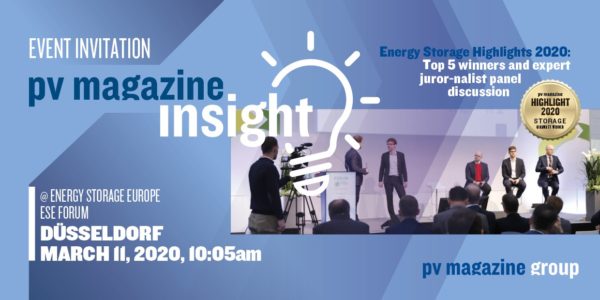
To open up new revenue streams, Areva intends to bring its device to the market for FCR, which would also provide flexibility to support the integration of renewable energy.
The challenge to accomplish this is that the electrolyzer must not only be able to run temporarily with twice the nominal output, but it must also be able to run with only 250 kW – without premature damage or aging. If accomplished, this wouldn’t increase investment costs by more than 20% compared to a standard system, explains Busemeyer. He expects that the additional revenue would translate to a three-to- five year payoff. When cross-financing the hydrogen production with FCR, the price of hydrogen would lower even further to approximately €3.45 per kg.
Jury Comment
Xavier Daval: “The solution can deliver FCR and grid stabilization. Once the energy is converted to hydrogen, it can be used for multiple applications such as mobility or industry.”
Jurors
Speakers
Lắp đặt điện mặt trời Khải Minh Tech
https://ift.tt/2X7bF6x
0906633505
info.khaiminhtech@gmail.com
80/39 Trần Quang Diệu, Phường 14, Quận 3
Lắp đặt điện mặt trời Khải Minh Tech
https://ift.tt/2ZH4TRU
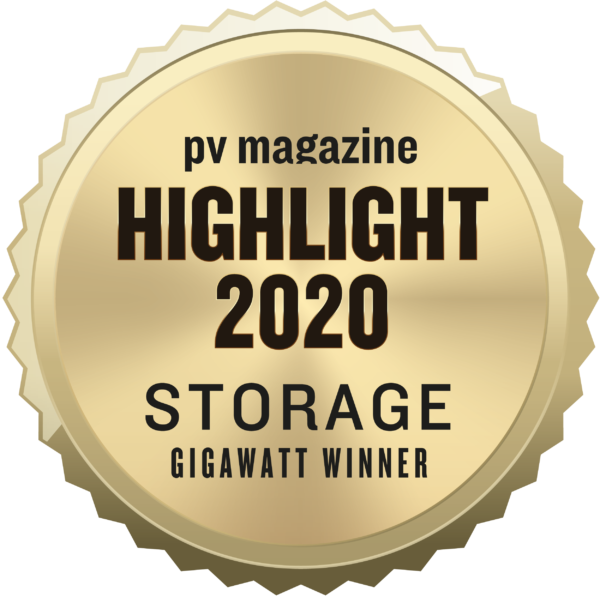

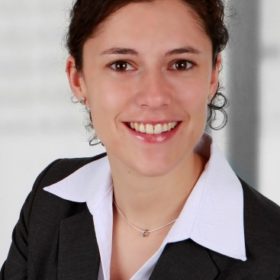
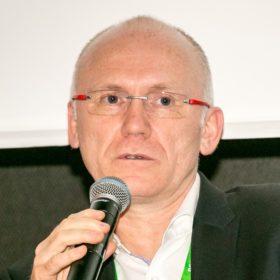




Không có nhận xét nào:
Đăng nhận xét